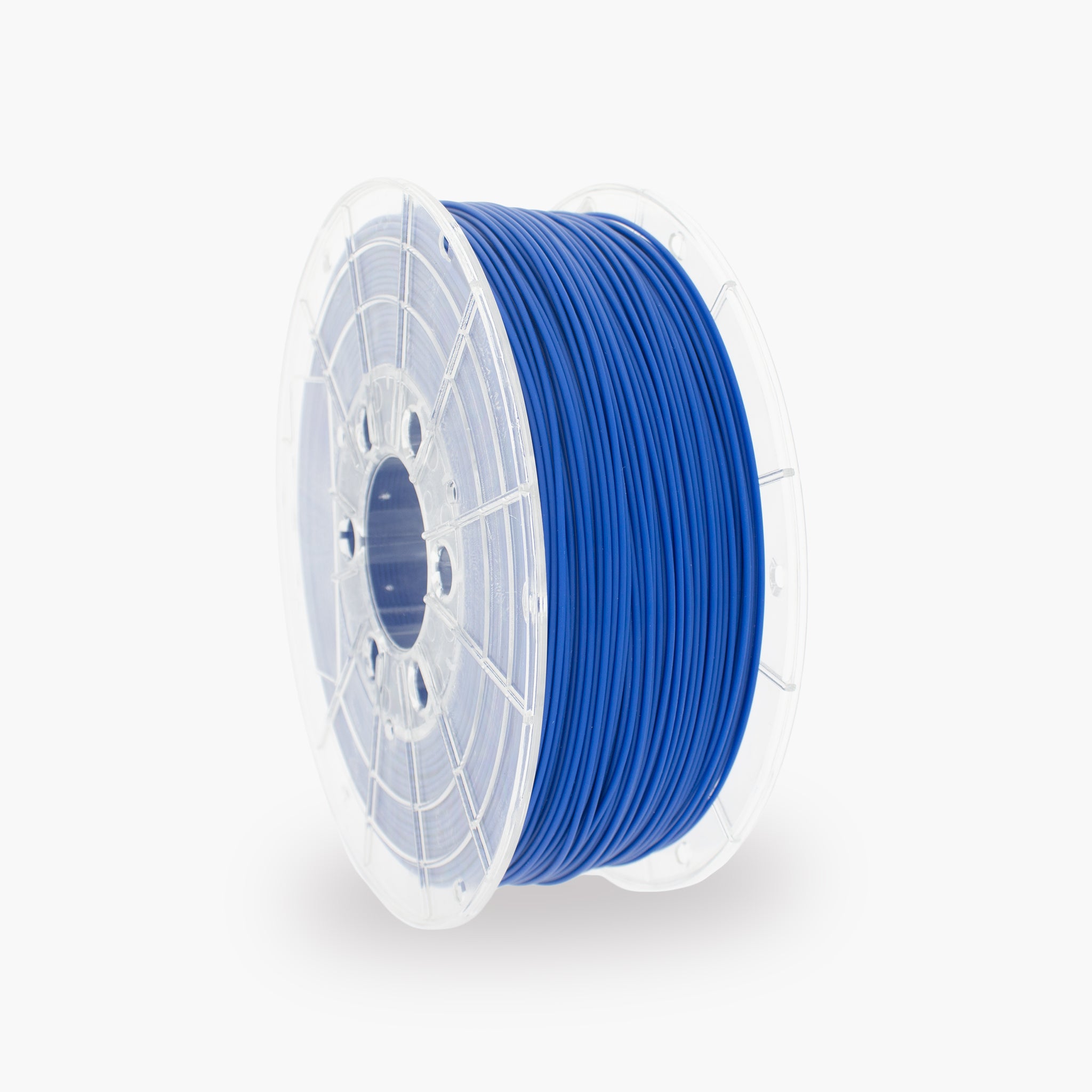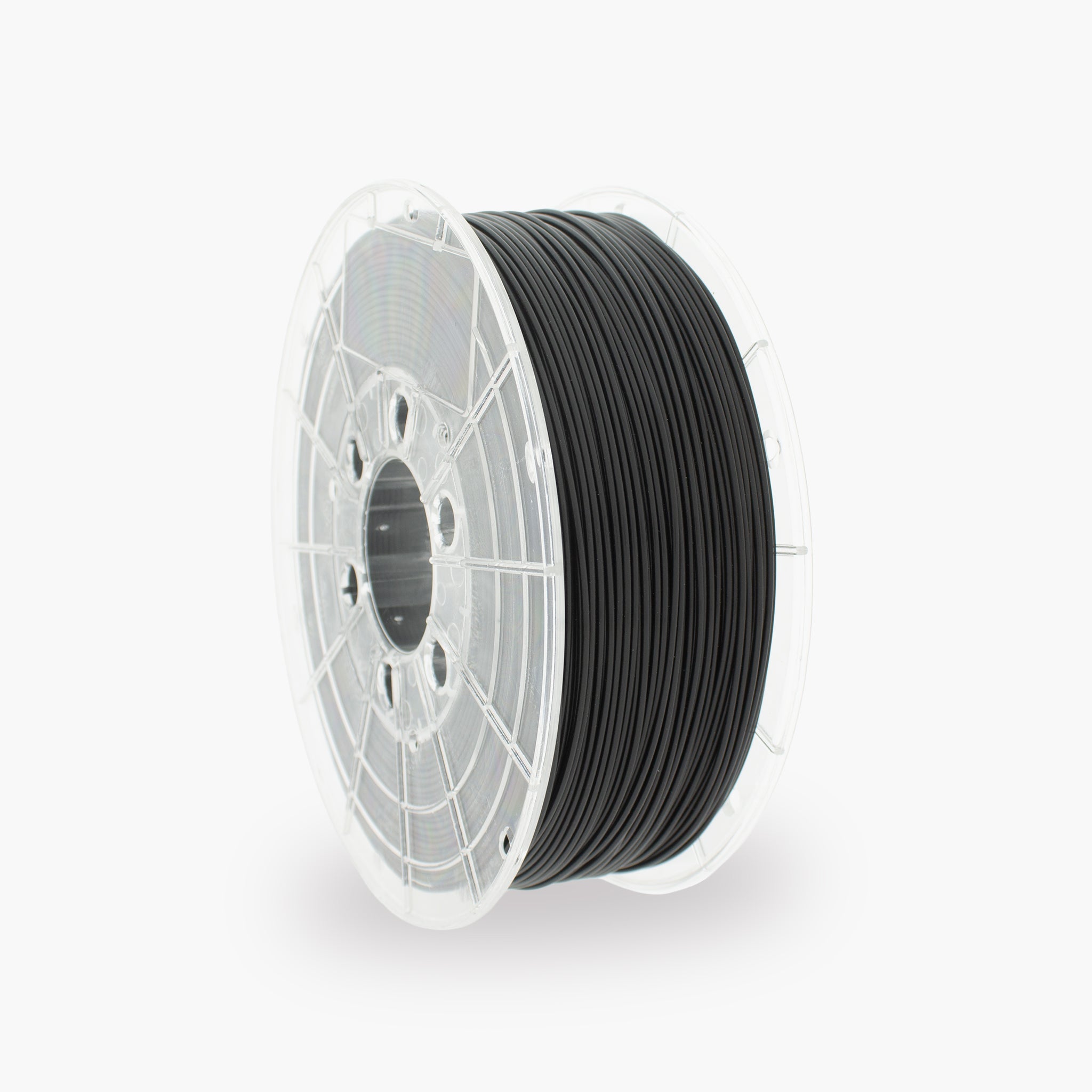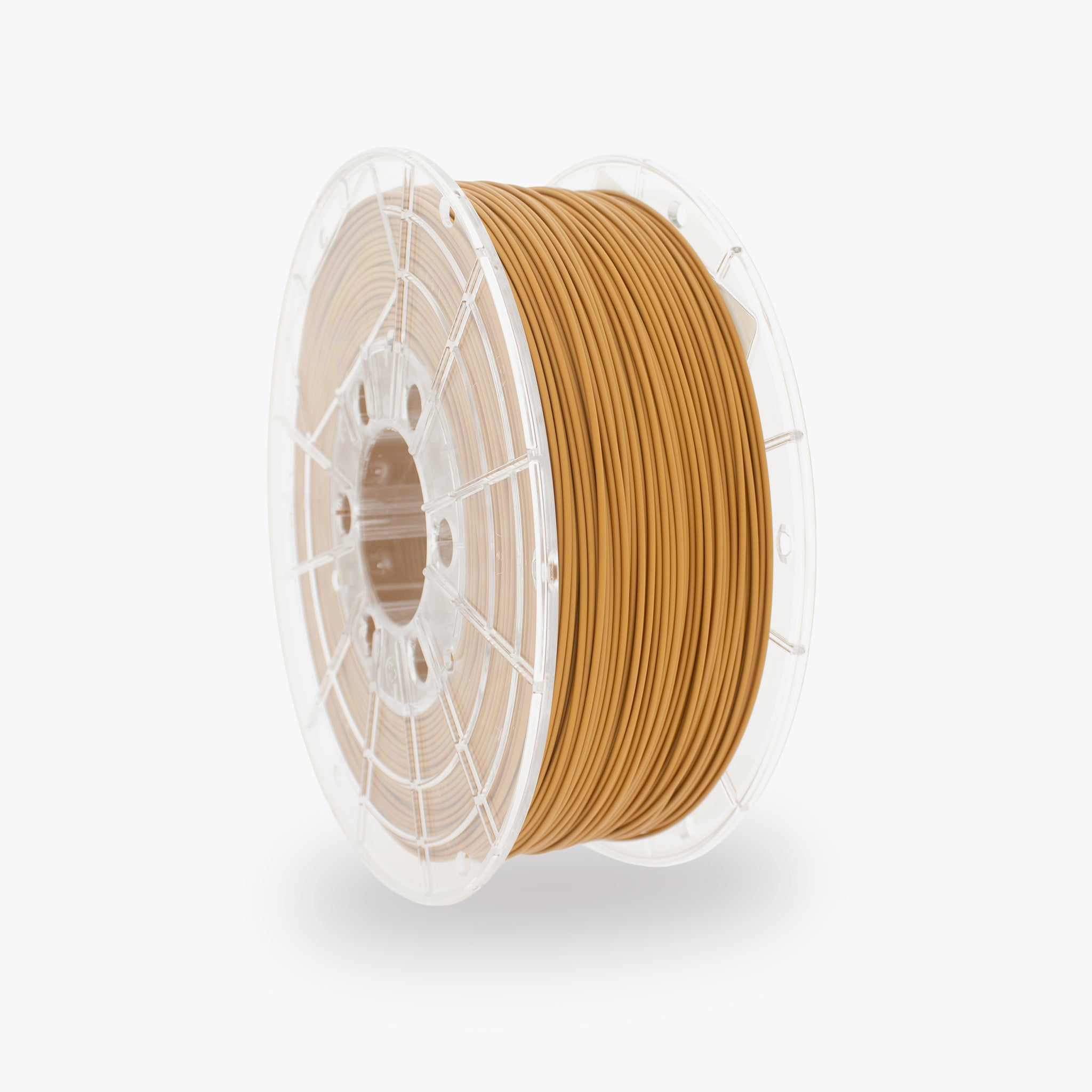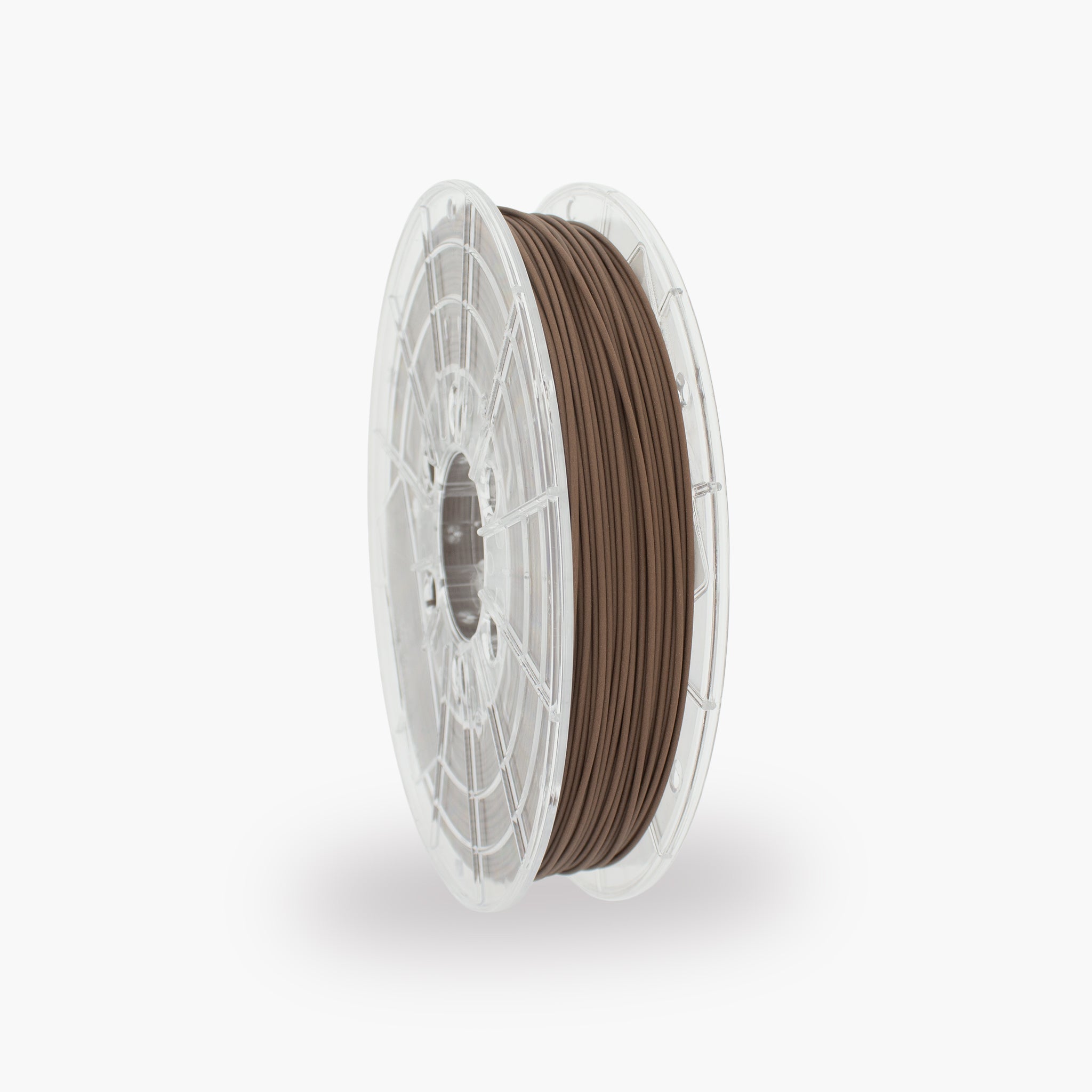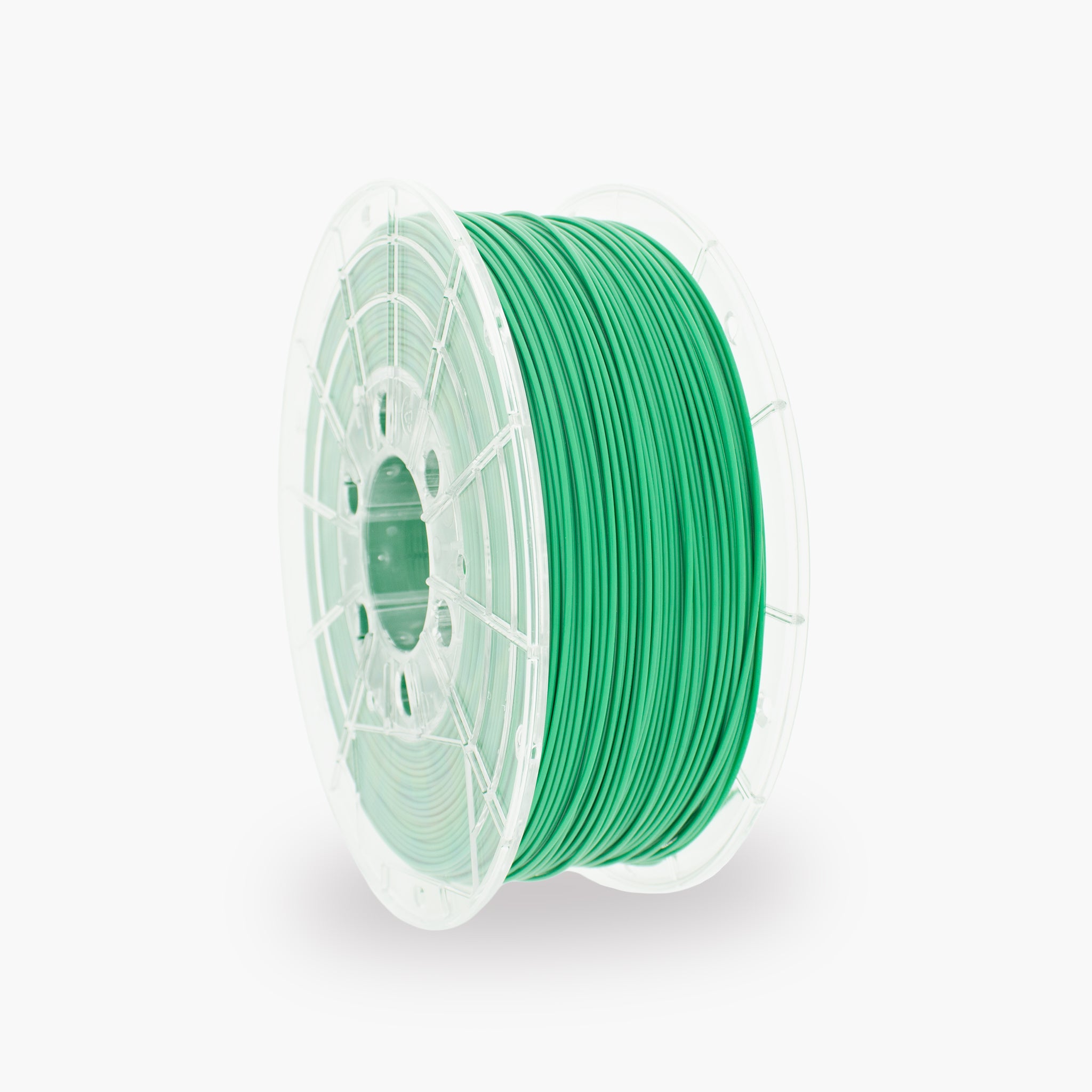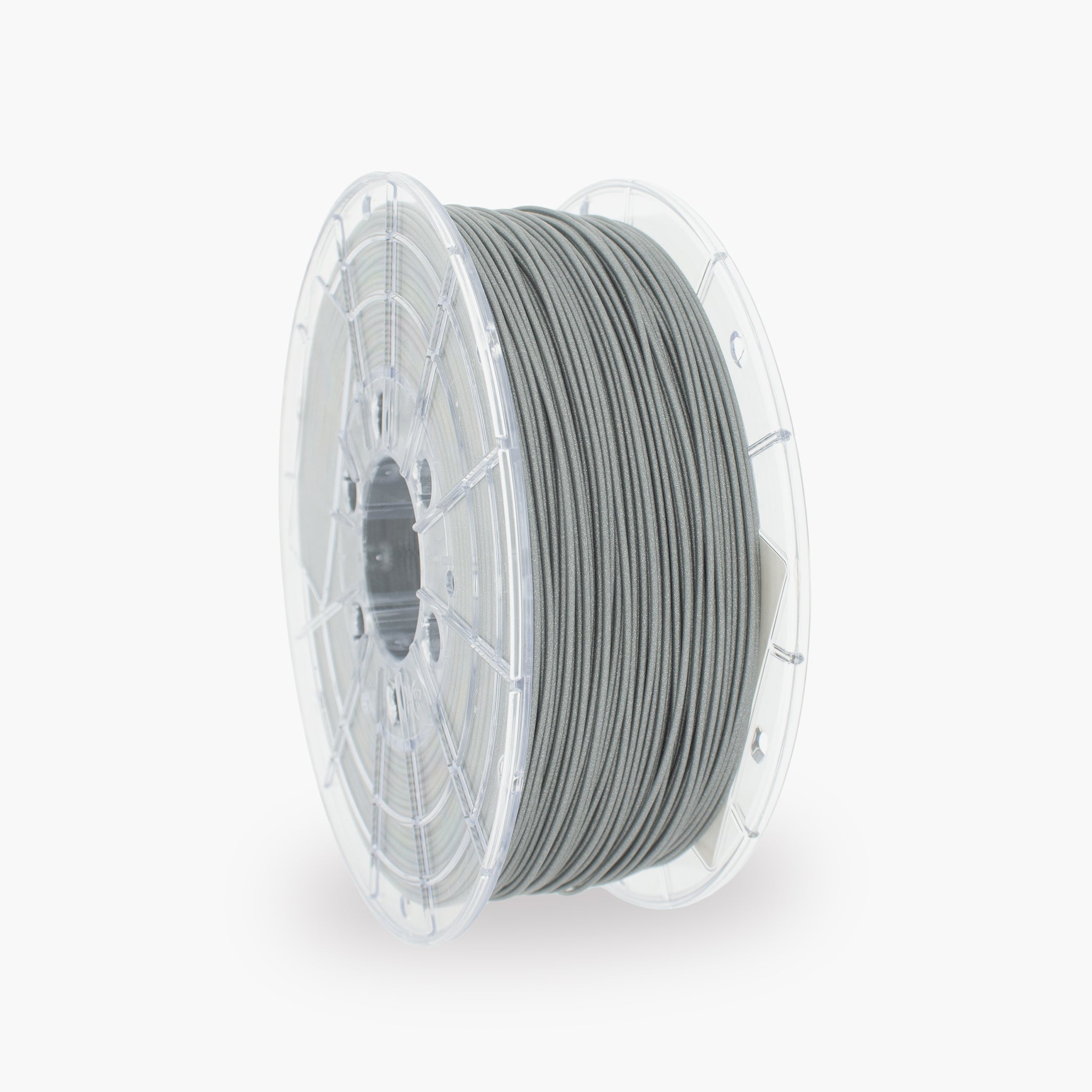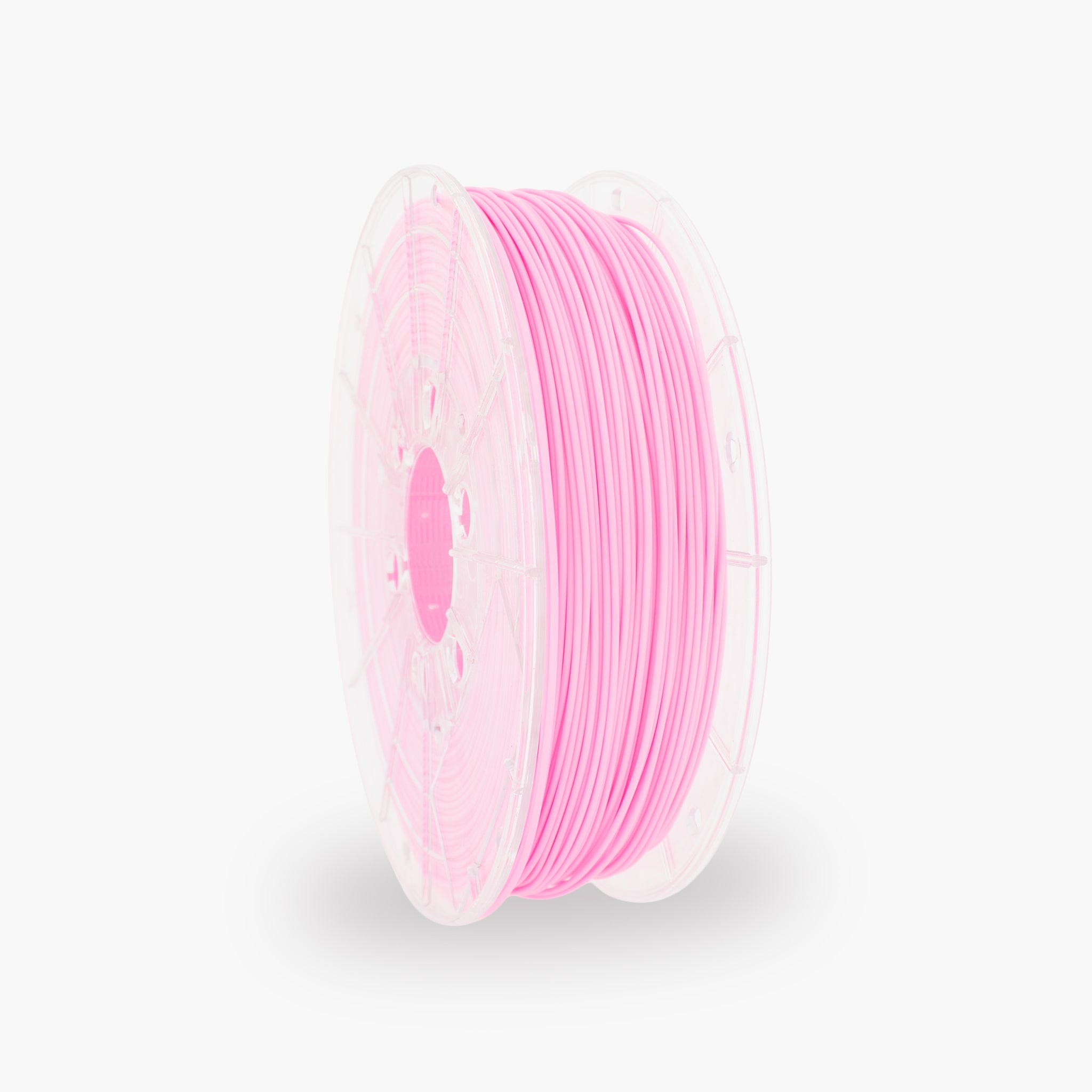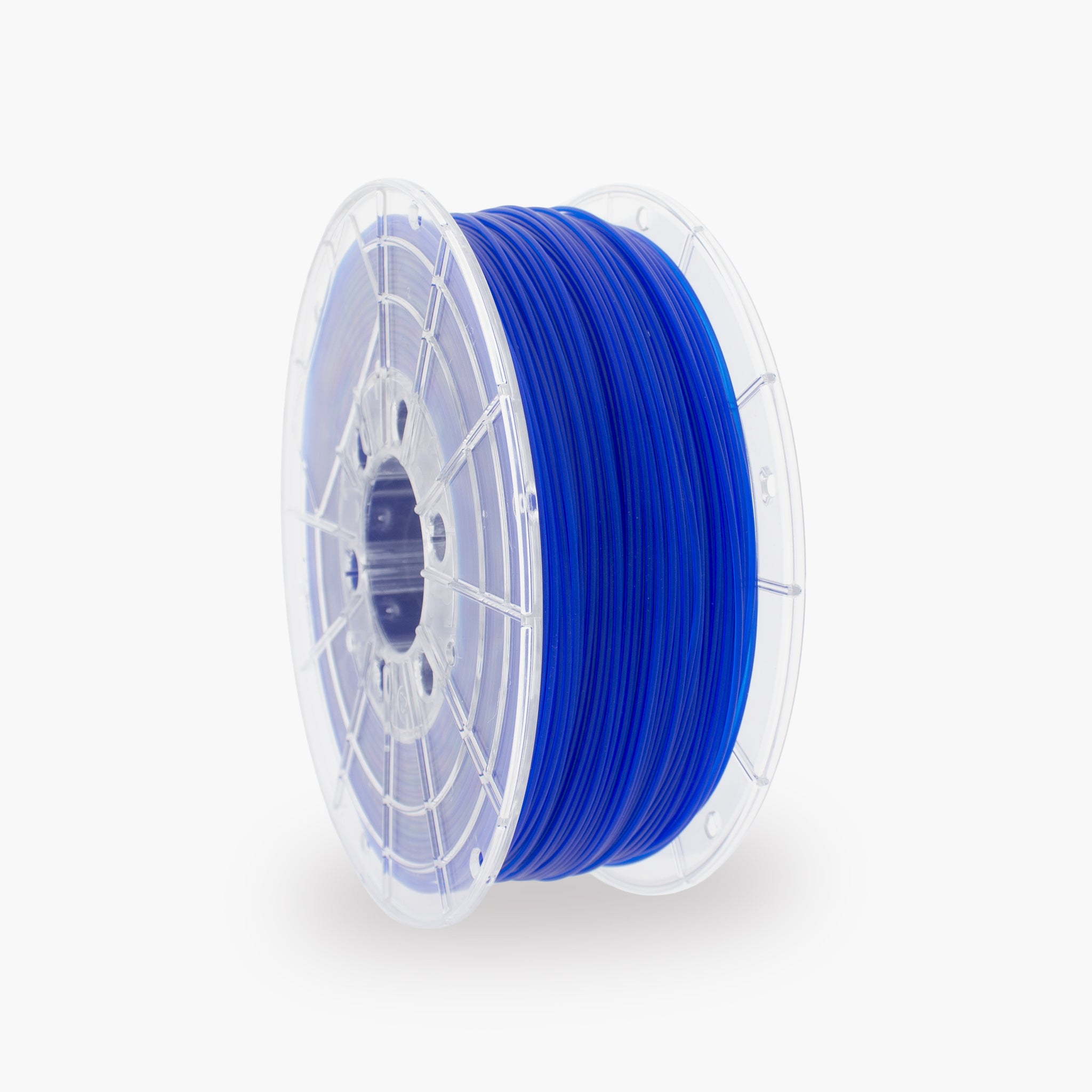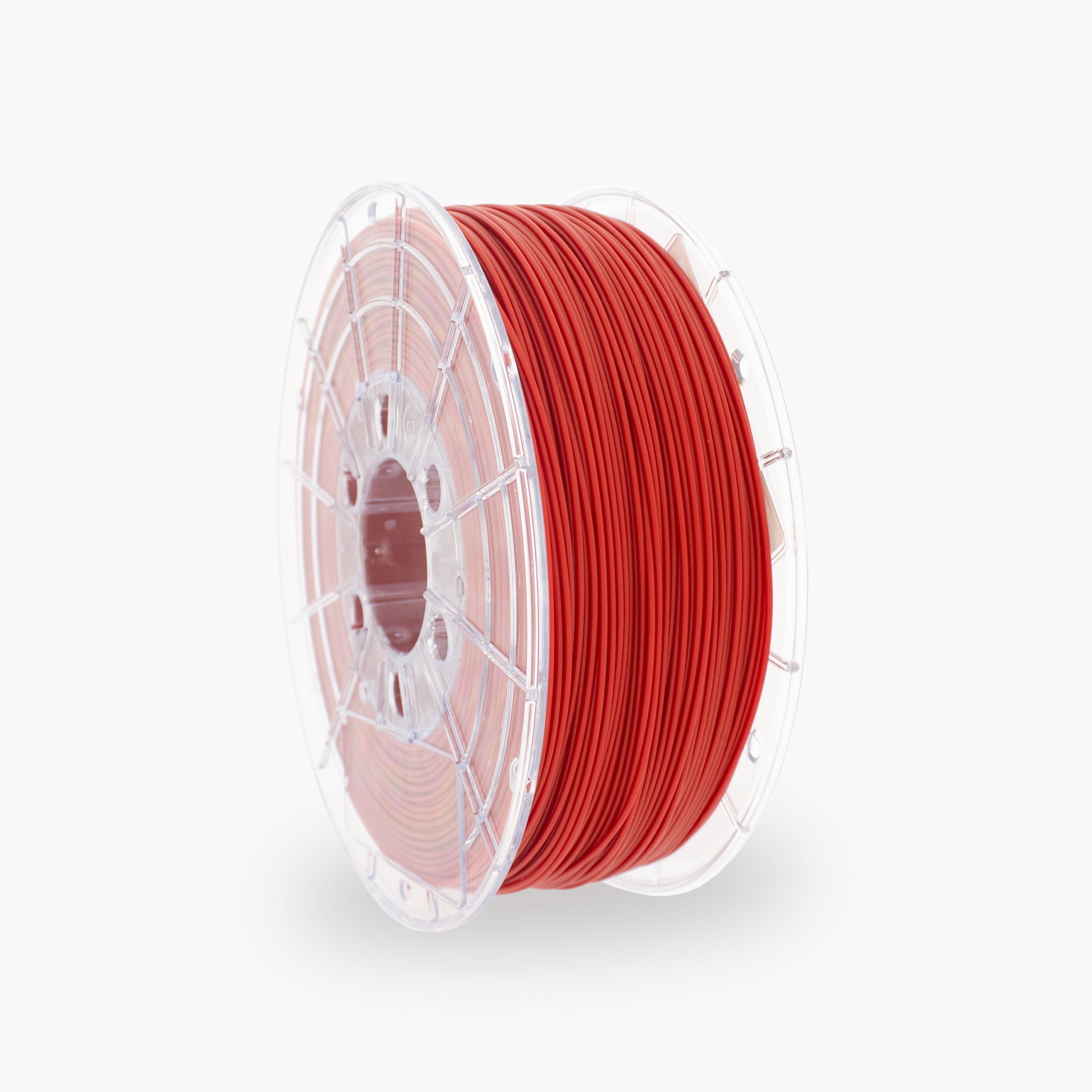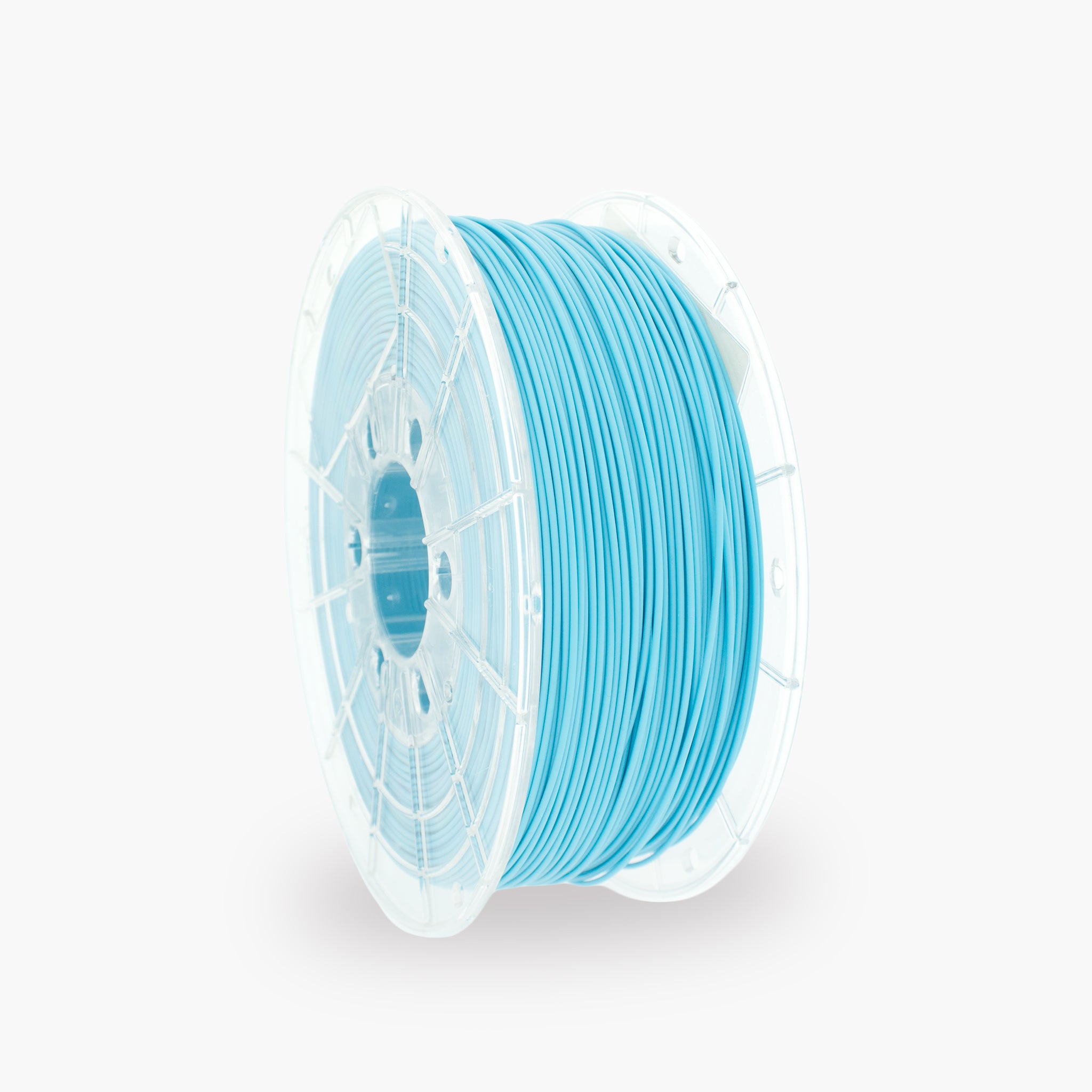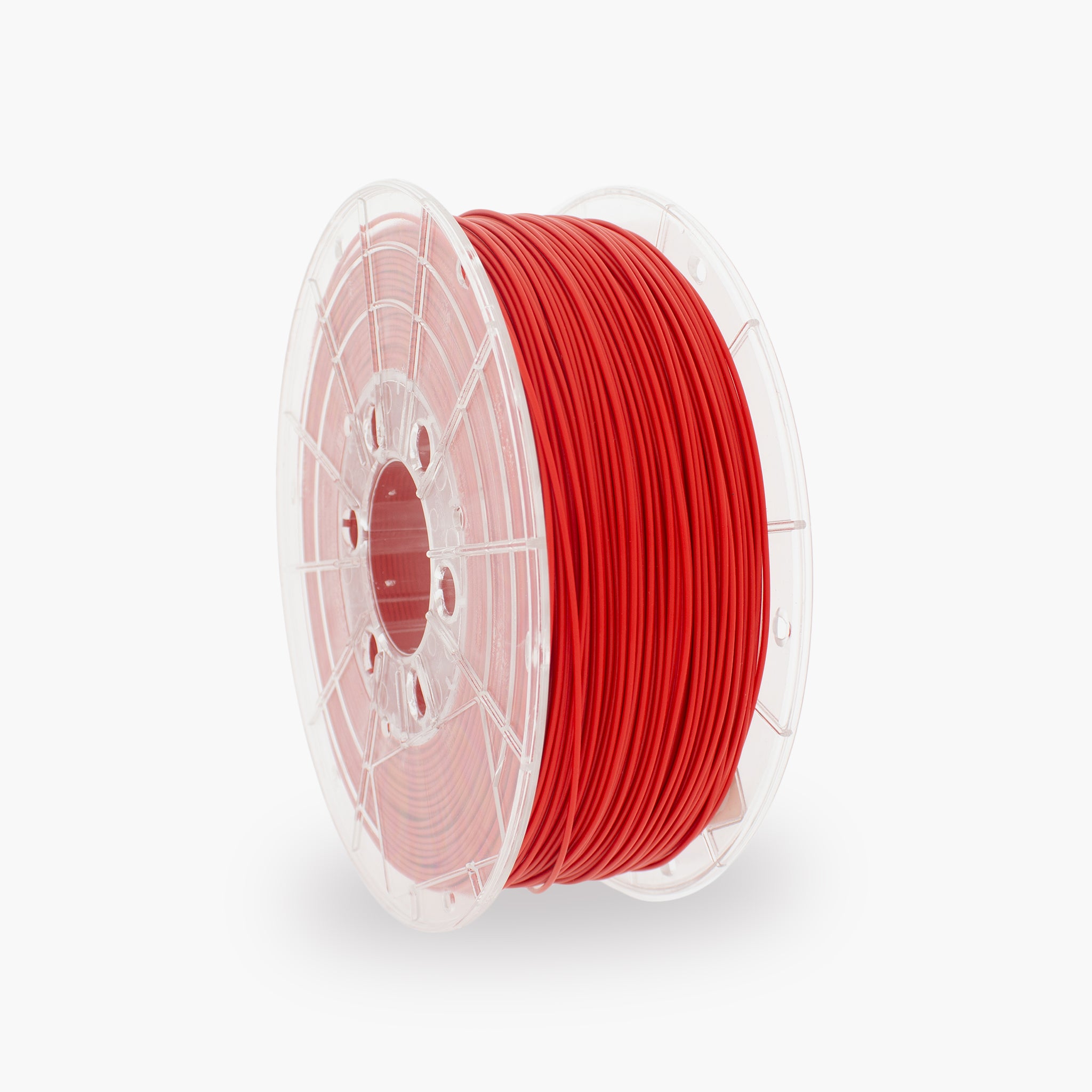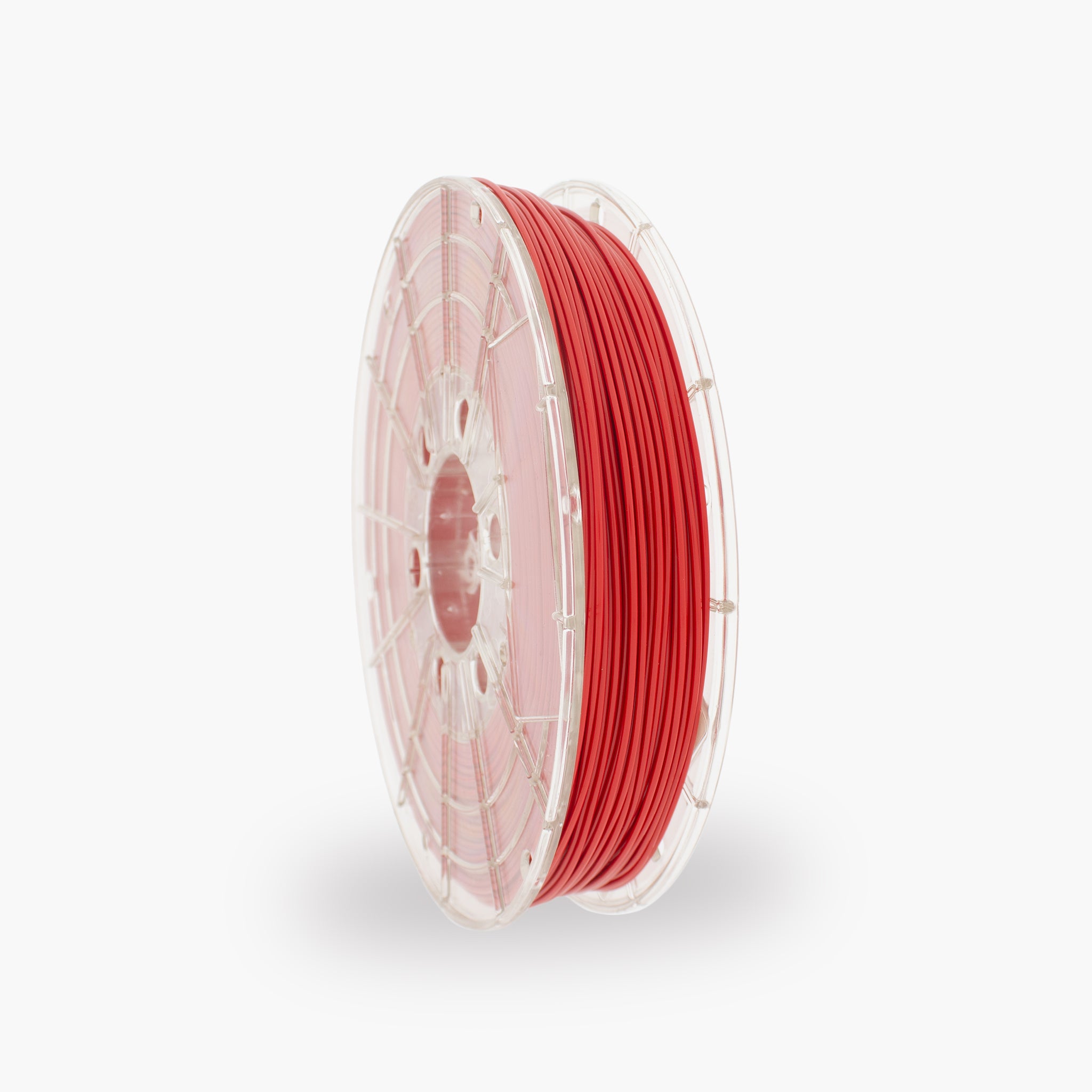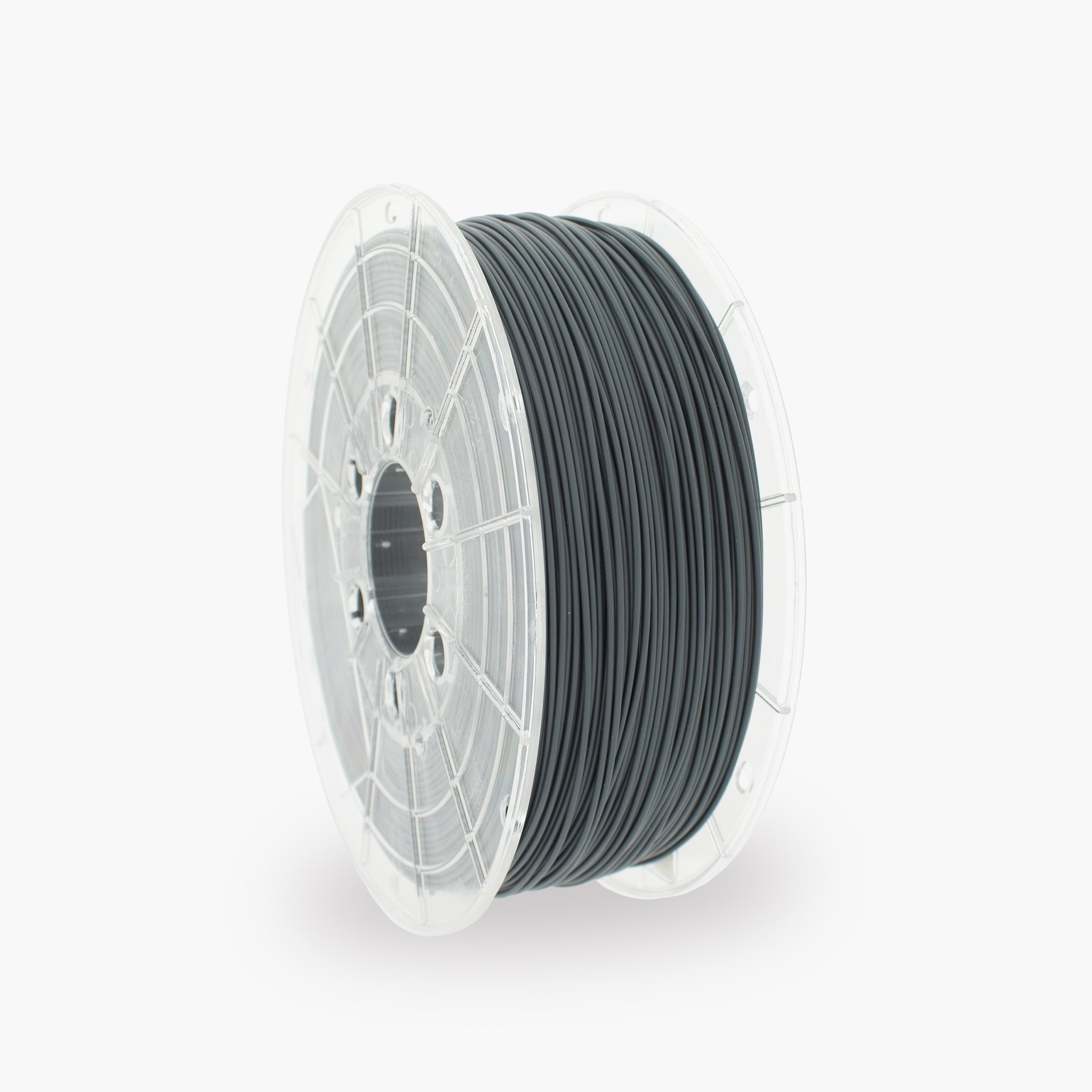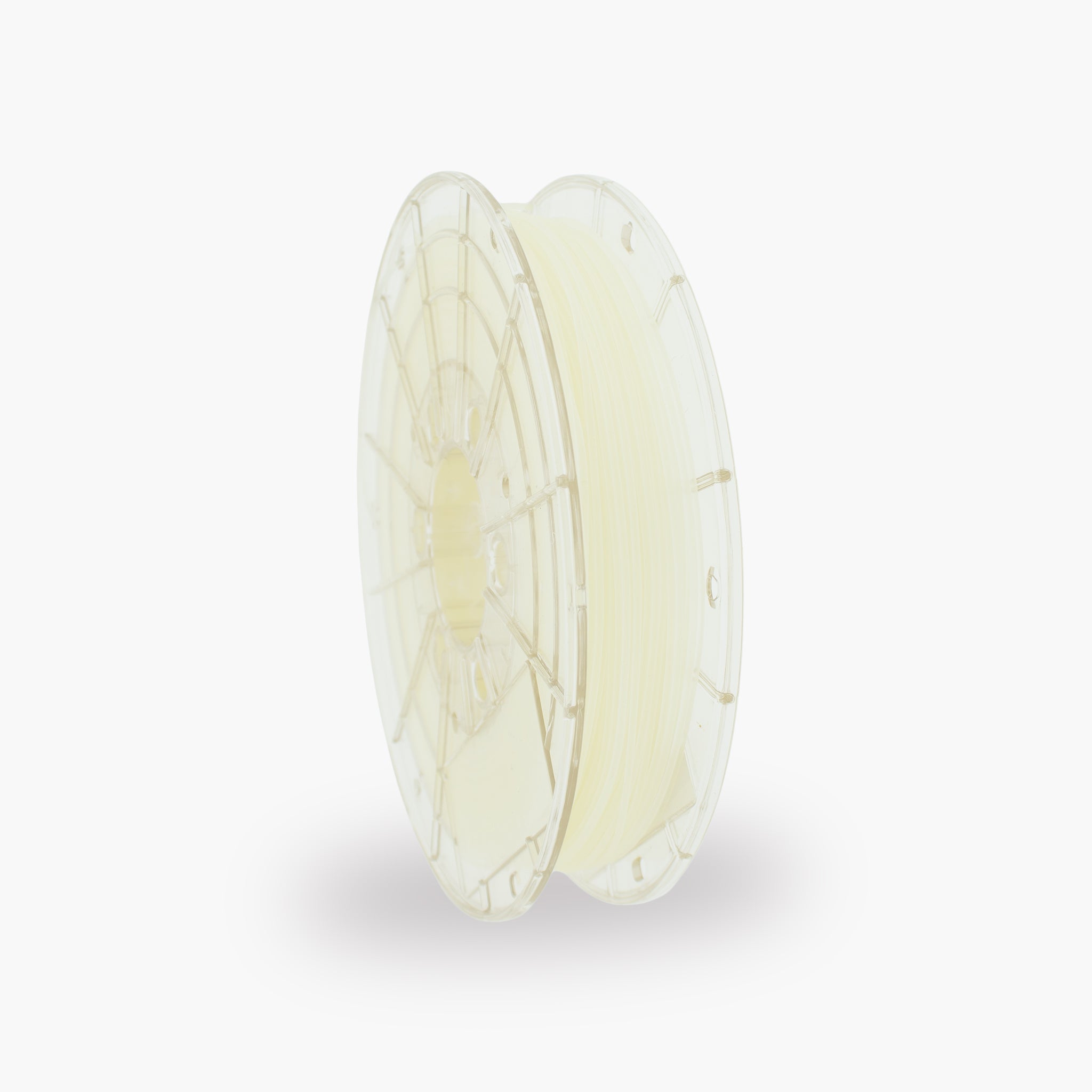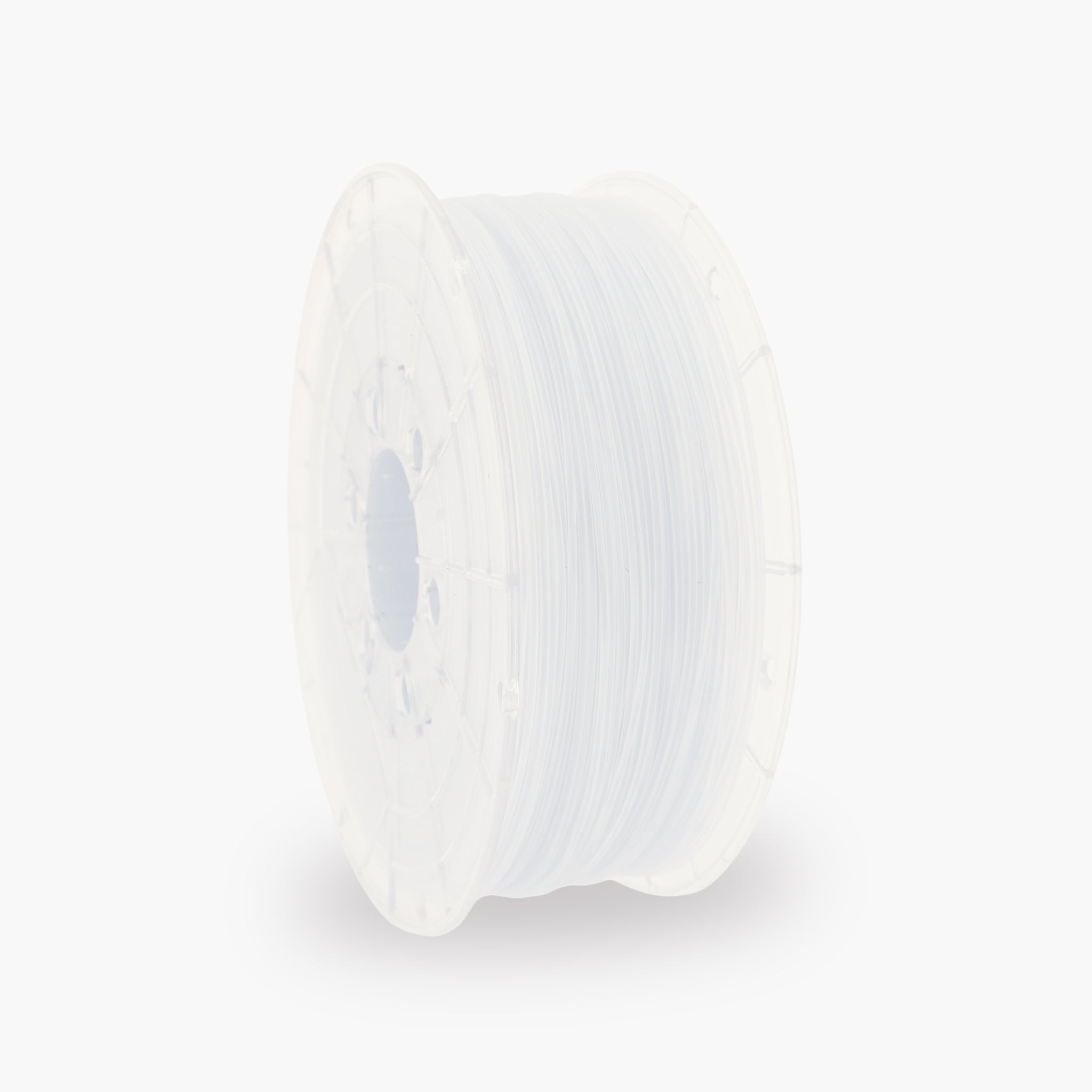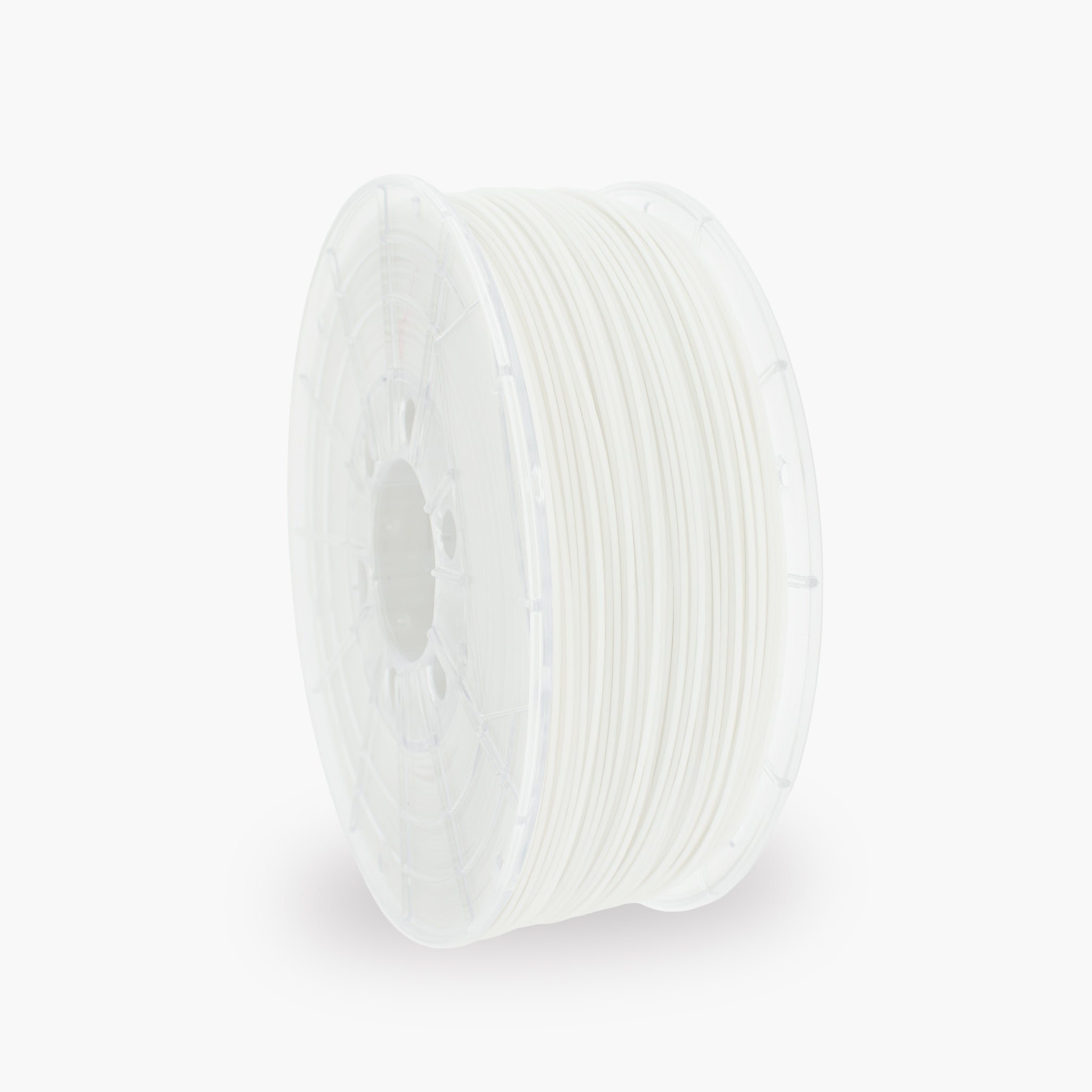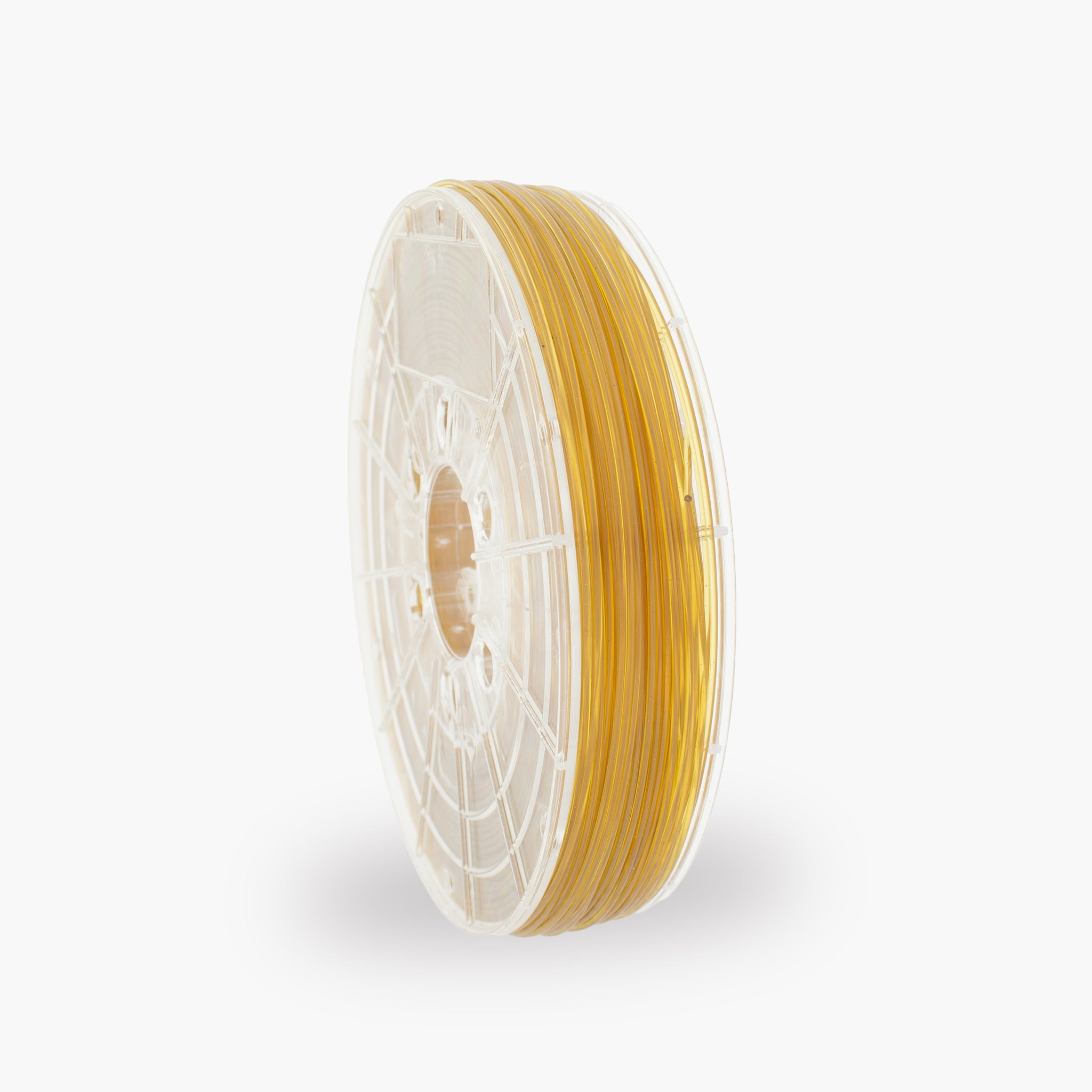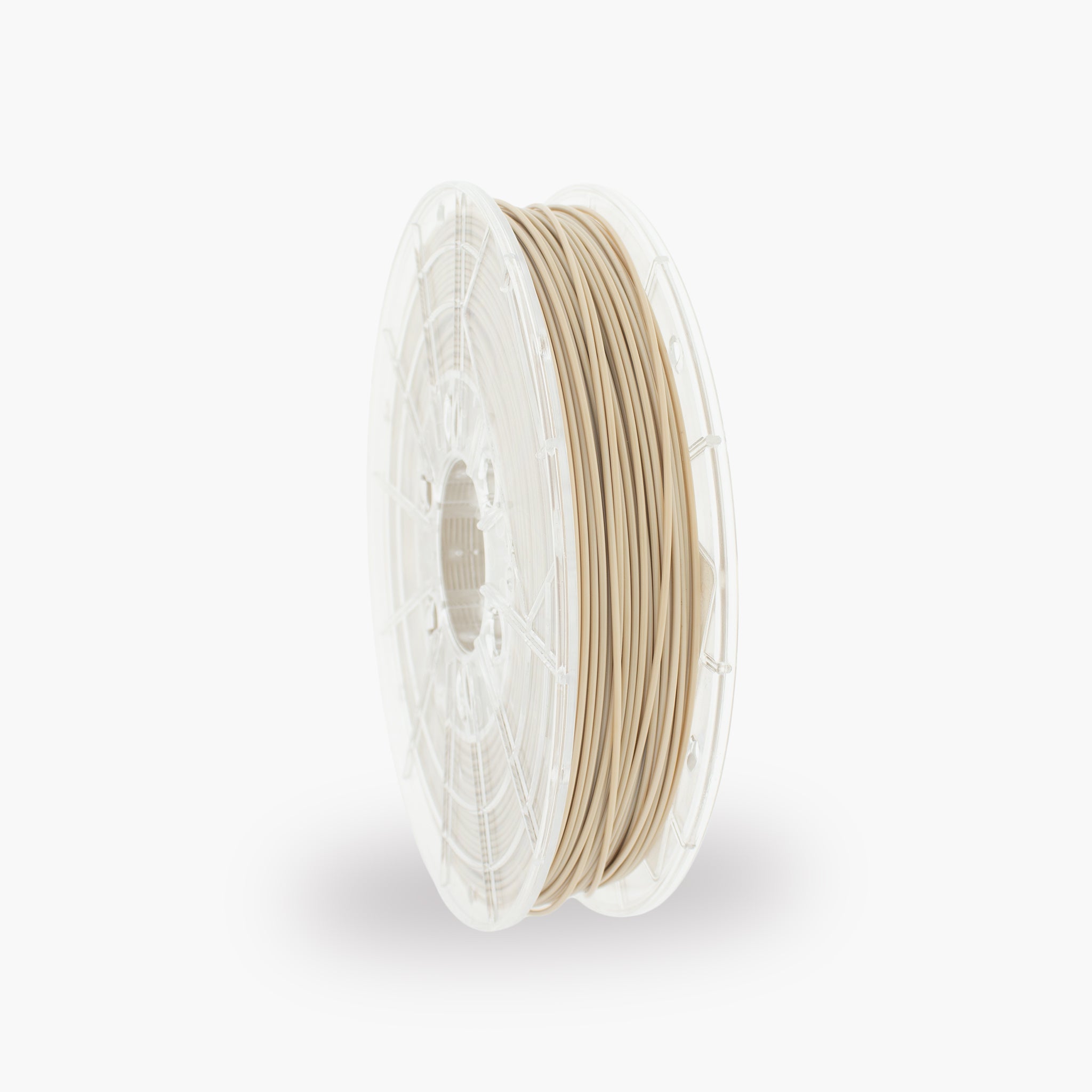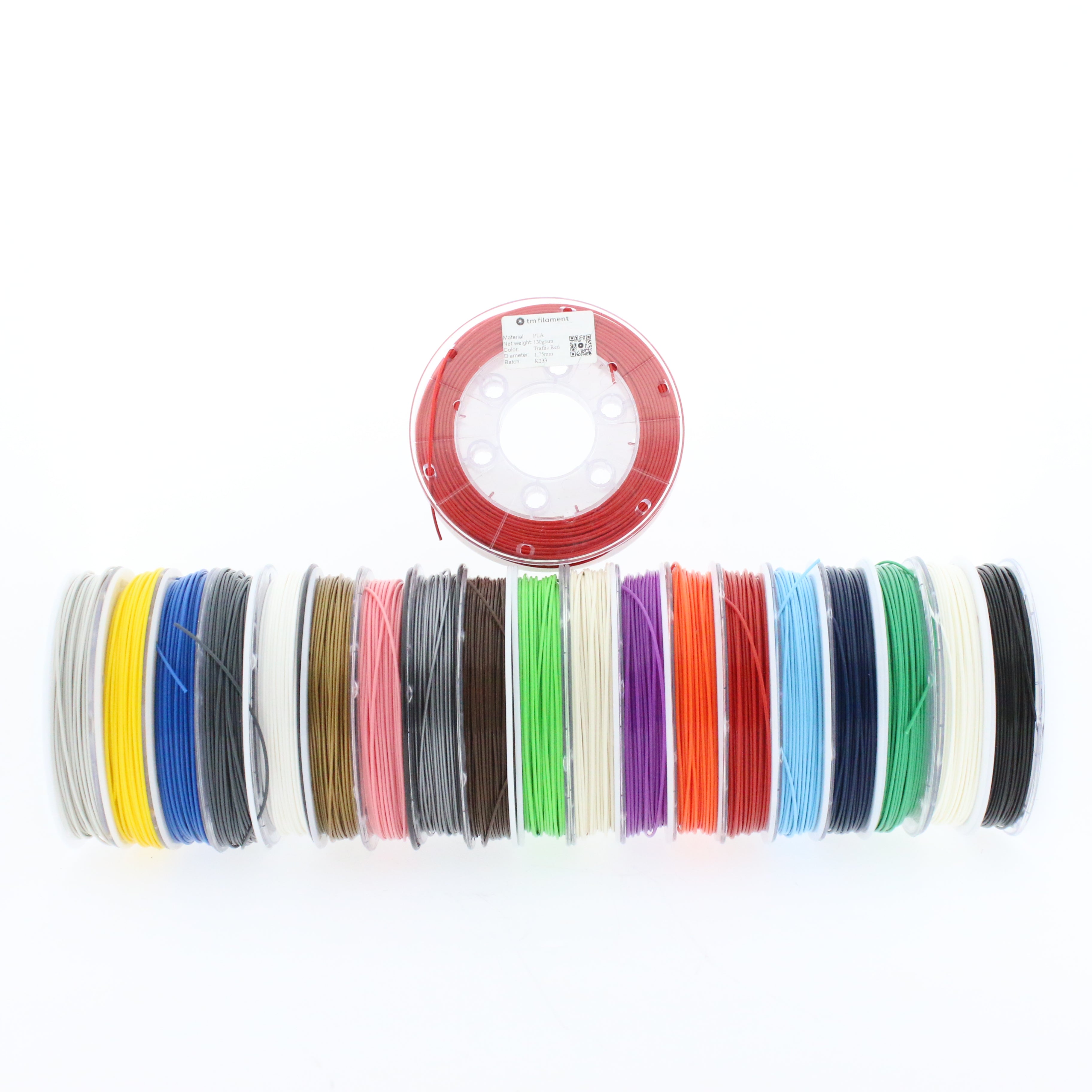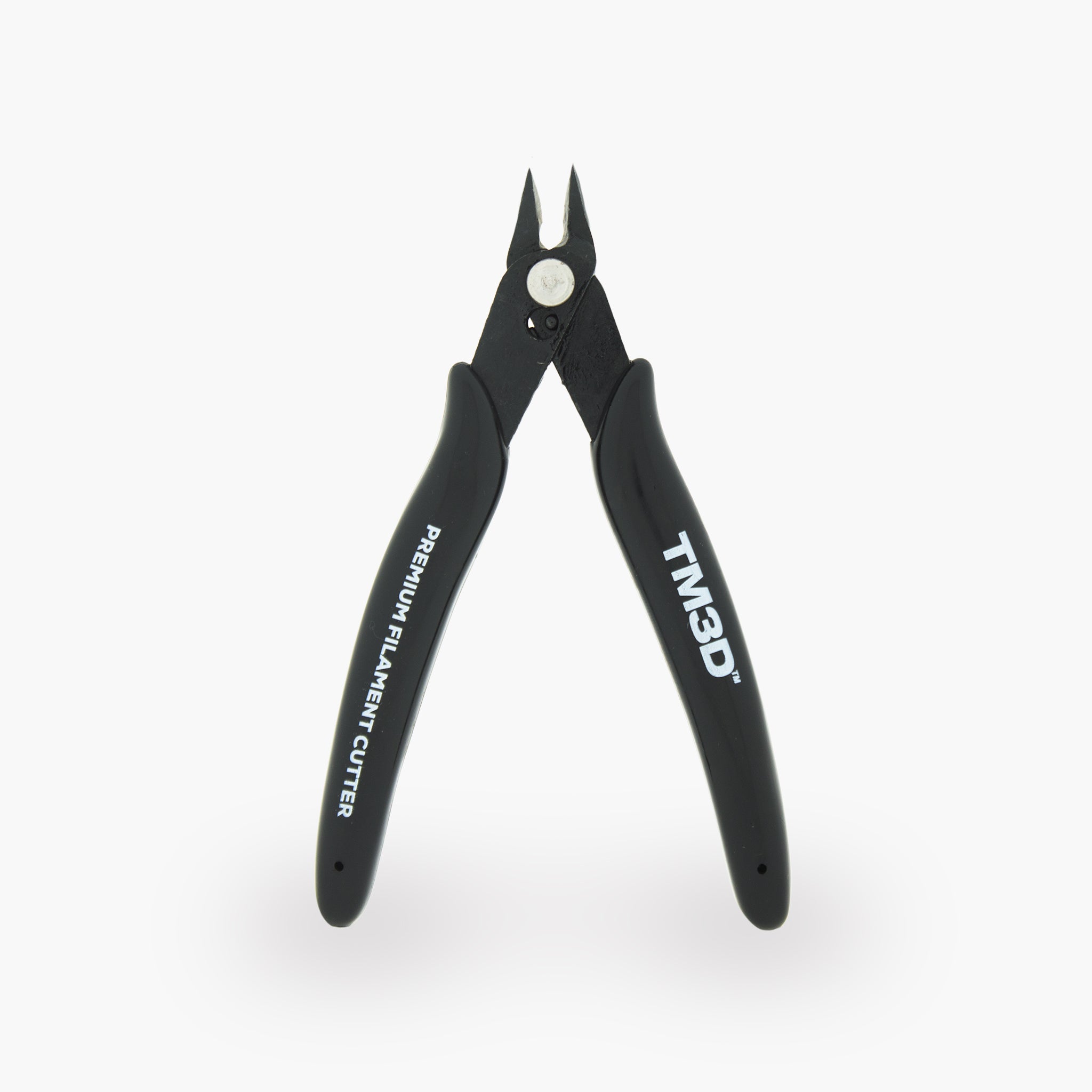Welcome to my blog, where we dive into the fascinating world of 3D filament. 3D printing has made tremendous strides in recent years, conquering various industries and hobbyists around the world. A crucial part of the 3D printing process is the filament, the material used to build objects layer by layer. In this article we will take a closer look at 3D filament, the innovations in this field, the different materials available and the exciting possibilities it offers.
-
What is 3D filament?
- Explanation of what 3D filament is and how it is used in the 3D printing process.
- Key properties of 3D filament: strength, flexibility, color variation, etc.
-
Innovations in 3D filament:
- New Materials: An overview of the latest materials available for 3D printing, such as carbon fiber reinforced filaments, conductive filaments and metal composites.
- Biodegradable filaments: Exploring filaments based on PLA and other renewable raw materials, and their role in sustainability and environmental friendliness.
- Color Changing Filament: Discussion of filaments that change color when heated or exposed to UV light, and their applications in art and design.
-
Materials for specific applications:
- Strong filaments for functional parts: Exploring materials such as ABS and nylon that are suitable for printing strong and durable objects.
- Flexible filament for elastic parts: Overview of flexible filaments such as TPU and TPE, which are ideal for printing elastic objects such as shoe soles and covers.
- Heat-resistant filaments: Discussion of high-temperature filaments, such as PEEK and PEI , and their applications in the aerospace and automotive industries.
-
Tips for working with 3D filament:
- Storage and drying techniques: Advice on how to keep your filament in optimal condition by storing it correctly and avoiding moisture.
- Calibration and Print Settings: Important considerations when setting up your 3D printer for different filament materials and achieving the best results.
-
Future developments and trends:
- Predictions for the future of 3D filament: What can we expect in terms of new materials, improved properties and lower costs?
- Emerging application areas
What is 3D filament?
3D filament is a material used in 3D printers to build three-dimensional objects layer by layer. It is a type of wire or wire coil that is heated and then fed through an extrusion head (nozzle), where it melts and is deposited on the print bed or previous layers of the object.
The filament usually consists of thermoplastic polymers, such as polylactide ( PLA ) or acrylonitrile-butadiene-styrene ( ABS ), which are supplied in solid form. Other materials such as nylon, flexible polymers, wood fibers, metal composites and even food-safe materials can also be used as filaments.
Each type of filament has its own unique properties, such as strength, flexibility, heat resistance, solubility, gloss level and color variation. These properties determine the suitability of the filament for various applications, ranging from functional prototypes and industrial parts to decorative objects and works of art.
The filament is usually stored on spools, which come in different sizes depending on the 3D printer. It is sold in different diameters, usually 1.75mm or 2.85mm, to suit the printer's specifications. Choosing the right filament for a project depends on the intended application, the desired properties of the final object and its compatibility with the 3D printer.
The use of 3D filament has opened the door to countless possibilities and applications, ranging from manufacturing and prototyping to architecture, fashion, medical industry, education and much more. It provides an efficient and flexible way to create complex geometric shapes and promotes creativity and innovation in various disciplines.

